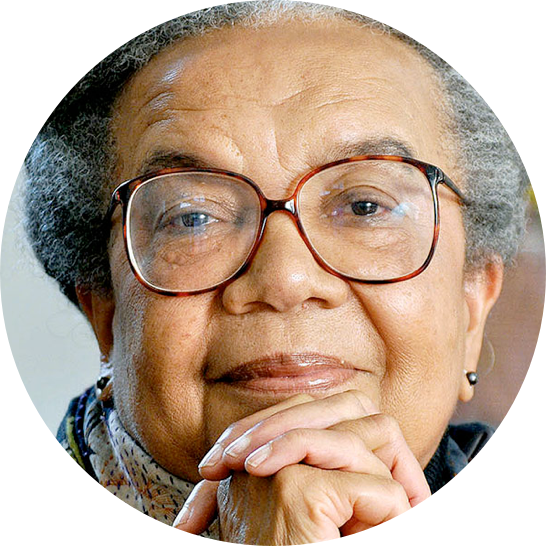At the Children’s Defense Fund, we have been working to secure health coverage for all children for more than three decades. During that time, we and many others have been slowly filling in gaps in our health care system to help cover the uninsured. The landmark health reform legislation – The Patient Protection and Affordable Care Act and the Health Care and Education Reconciliation Act of 2010 – signed by President Obama in March guarantees access to health coverage for 32 million people in America, including more than 95% of all children.
It represents the largest single leap towards the finish line in decades towards expanding and strengthening the child health safety net and provides the greatest expansion of health coverage to the poor through Medicaid since that program’s enactment in 1965. At least 16 million children, parents, and childless adults with incomes below 133 percent of poverty ($29,400 for a family of four) will become eligible for Medicaid with its guaranteed comprehensive benefits. Included are 1.6 million children currently eligible for the Children’s Health Insurance Program (CHIP) who lack guaranteed comprehensive benefits. In order for newly eligible parents to enroll in Medicaid, they must first ensure their children are covered. Importantly, the new legislation maintains CHIP until 2019, giving us time to determine whether the new “health insurance exchanges” will provide children better or comparable benefits and cost protections than they have now. CHIP is fully funded through 2015 – doubling the number of eligible children who can be served from seven to 14 million. Finally, the bill increases Medicaid payment rates to ensure more low-income children will have access to primary care service providers who accept Medicaid patients.
Now that these improvements to the child health safety net are in place, the critical next step is to make sure children are actually enrolled in the programs for which they are eligible. To ensure all children and young adults benefit from this legislation, states must act swiftly: two-thirds of uninsured children are already eligible but not enrolled in Medicaid or CHIP due largely to unnecessary bureaucratic barriers imposed by states. A study by the National Bureau of Economic Research showed that, controlling for parents’ income, education, and social status, children who experience poor health on average have significantly lower education attainment, significantly poorer health, lower earnings, and a lower likelihood of working as adults. Covering all children will help states maximize their investments in education and make sure their state’s children are competitive players in the national and global economy. States now have new tools and funding to eliminate barriers to enrollment, so they must work quickly to use them to enroll all eligible children.
We know how to effectively enroll children. One example is the state of Louisiana which in February enrolled 10,484 eligible children into its Medicaid program overnight by using records already on file to determine Medicaid eligibility. Using information from other means tested programs like the Supplemental Nutrition Assistance Program (formerly the Food Stamp Program, now SNAP) to help identity and enroll eligible children is called Express Lane Eligibility (ELE). This type of streamlined coordination can help children across the country while relieving states of administrative burdens, saving money, and decreasing parental stress. While it is one of the most effective ways to enroll eligible children in health coverage, currently only three states have implemented an express lane option. Push your states to do so.
The Children’s Defense Fund is one of the organizations assisting other successful state efforts to enroll children. CDF-Texas State Office’s 100% Campaign works with 35 school districts to systematically identify every uninsured child through school enrollment forms and link them with affordable health coverage. The 100% Campaign educates families about how to utilize and renew their children’s health coverage to avoid unnecessary and costly emergency room visits. CDF-Texas’s 100% Campaign has been recognized by the American Association of School Administrators, America’s Promise Alliance, the Robert Wood Johnson Covering Kids & Families initiative, and Leadership Houston, which honored CDF-Texas with its 2009 Leadership in Action award. Over 850,000 children were reached. The World Health Organization gave CDF-Texas’ 100% Campaign its only North American award for effective health outreach.
It’s time to implement measures like these across the country and CDF will do so in its state office locations. Millions of children have been desperately waiting for these newly enacted health reforms and we must make them real. Each day we fail to act to utilize these new tools, 2,200 children are born uninsured. Good health at birth and throughout childhood is essential both for children themselves and the adults and workers they will become. As a nation, we pay a “hidden tax” to subsidize the uninsured. The hidden costs of not insuring children include the high costs of uncompensated care for those without insurance; costly emergency room treatment for non-emergencies; long term treatment of diseases that could have been prevented; and the costs of untreated emotional problems in children we pay for when children’s unmet needs bring them to the child welfare or juvenile justice systems. Now is the time for states to move quickly to enroll all eligible children and ensure that all eligible children realize the promise of health reform.

